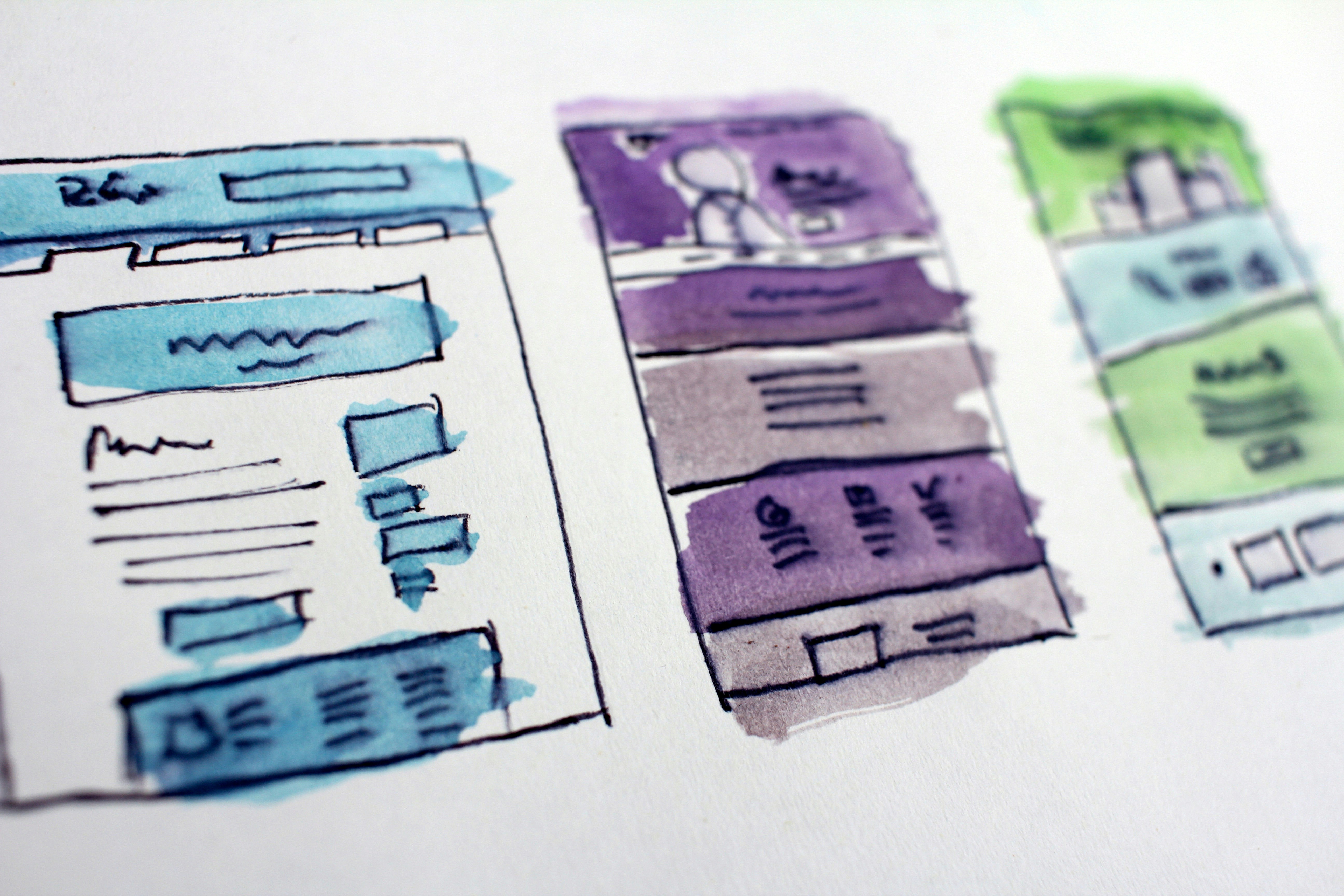In today's fast-moving environment, bringing a product or feature to market swiftly can offer a significant competitive edge. A reduced time to market allows for quick validation of concepts and market fit, providing a crucial advantage. This timeline spans from the conception of an idea to the moment the product or feature reaches its intended audience.
Among the various factors influencing efficiency, User Experience (UX) design stands out. It goes beyond creating visually appealing interfaces—it streamlines processes, fosters collaboration, and ensures the end product efficiently meets user needs. Let's explore how prioritising UX can significantly improve time to market.
Understand your users
In UX design, a key principle involves centering the user in the development process. By actively involving users in the design process through techniques like interviews, surveys, and usability testing, teams can validate assumptions and make informed decisions early on. This upfront investment in understanding user needs helps streamline workflows and minimise rework, ultimately accelerating the journey from concept to launch.
The power of iteration
A core principle in UX design is early-stage prototyping and iterative refinement. By creating low-fidelity prototypes initially, teams swiftly validate concepts and gather user feedback, facilitating rapid adjustments and shortening development cycles. This approach ensures the product evolves based on authentic user input, emphasising the importance of delivering the right product with consideration for the end user.

Optimising with design systems and UI kits
Harnessing the power of design systems and UI kits provides a standardised approach of design elements and guidelines that can be deployed across various areas of a product or even multiple projects. Implementing these tools empowers development teams to accelerate the design and development process. Design consistency not only saves time but also enhances the overall user experience by presenting a coherent and recognisable interface.
Incorporating flexibility
Embracing Agile methodologies as an integral part of the UX process empowers companies to pivot in today's dynamic landscape. By integrating iterative development cycles led by user insights and fostering enhanced collaboration, this flexible method not only allows you to move faster but ensures what you're releasing aligns with your customers or user needs. Most importantly it enables time to pivot and adapt to changing requirements and information. This not only allows you to speed up processes, be innovative in your approach but also make sure what you're putting out into the world aligns with market needs.
Tracking your strategic goals
Leveraging data analytics and quantitative UX methods is crucial for accelerating time to market during product releases or iterations. Integrating quantitative data into the design process ensures strategic alignment, enhances understanding of user actions, and highlights product performance. Continuous monitoring enables quick feedback loops, identifying effective strategies for enhancing user interactions to drive growth and retention.
In summary
In the race to bring products and features to market rapidly, a strategic focus on UX design can be a game-changer. From understanding user needs to early prototyping, seamless collaboration, usability testing, and the implementation of design systems, UX plays a multifaceted role in improving efficiency. Businesses that prioritise UX as an integral part of their development strategy are better positioned to meet market demands promptly and gain a competitive edge in today's dynamic landscape. As we navigate an era where time is of the essence, investing in UX is not just a choice - it's a necessity for those aiming to lead.



